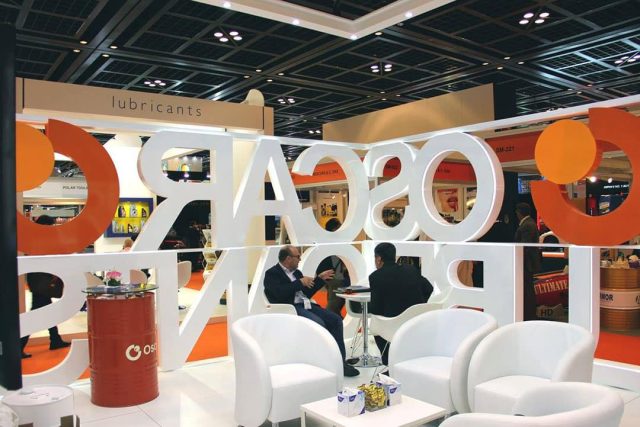Choosing the right Polyalkylene Glycol (PAG) lubricant is crucial for ensuring optimal performance and longevity in industrial applications. With various formulations and properties available, selecting the appropriate PAG lubricant requires careful consideration of several factors. Here’s a guide on how to choose the right PAG lubricant for your specific needs:
Understand your application requirements:
Identify the specific requirements and operating conditions of your application. Consider factors such as temperature, pressure, load, speed, and environmental conditions. Understanding these parameters will help determine the type of PAG lubricant best suited to your needs.
Consult with lubrication experts:
Seek guidance from lubrication experts or suppliers who specialize in PAG lubricants. They can provide valuable insights and recommendations based on their expertise and experience. Discuss your application requirements and operating conditions to receive tailored advice on the most suitable PAG lubricant formulation.
Consider viscosity grade:
Select the appropriate viscosity grade based on the requirements of your application. Viscosity affects the lubricating film thickness and flow characteristics of the lubricant. Higher viscosity grades are typically used for heavy-duty applications or in environments with high temperatures and loads, while lower viscosity grades are suitable for lighter-duty applications or where cold start-up conditions are prevalent.
Evaluate additive package:
Consider the additive package of the PAG lubricant, which can improve its performance and provide additional benefits. Common additives include anti-wear agents, antioxidants, corrosion inhibitors, and friction modifiers. Choose a formulation with additives tailored to address specific challenges or requirements in your application.
Also, ensure compatibility with the materials and components in your system, including seals, gaskets, O-rings, and other elastomers. Some PAG lubricants may not be compatible with certain materials, leading to swelling, deterioration, or leakage. Verify compatibility with equipment manufacturers or conduct compatibility testing if necessary.
Assess environmental impact:
Consider the environmental impact of the PAG lubricant, including factors such as biodegradability, toxicity, and eco-friendliness. Choose formulations that minimize environmental harm and comply with regulatory requirements and industry standards.
Perform field testing:
Whenever possible, conduct field testing or trials with different PAG lubricant formulations to evaluate performance in real-world conditions. This can help verify compatibility, assess lubrication effectiveness, and identify any issues or concerns before full-scale implementation.



MOST COMMENTED
General
When To Visit A Gum Specialist For Treatment
General
5 Questions to Ask Before Hiring a 3D Animation Company
General
The Importance Of Precision In Aluminium Fabrication
General
What Is The Average Price Of Flats In Dubai?
General
Tips To Choose The Right Scale For Architectural Models
General
How To Determine The Right Portion Size For Your Dog
General
How Dubai Courts Handle Disputes Over DIFC Wills